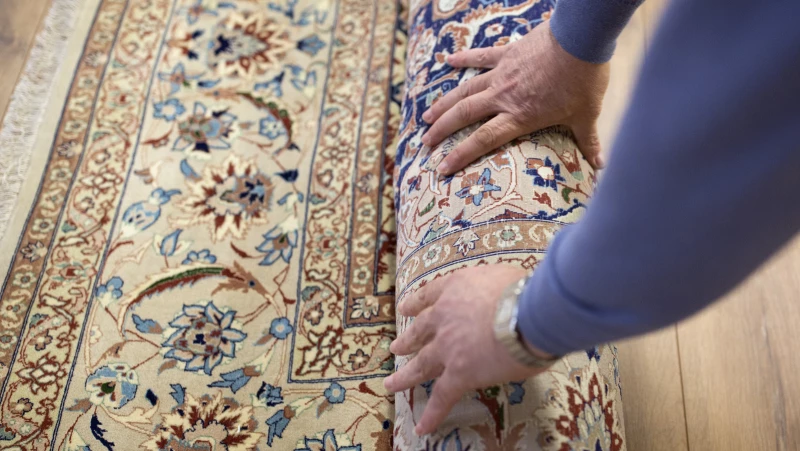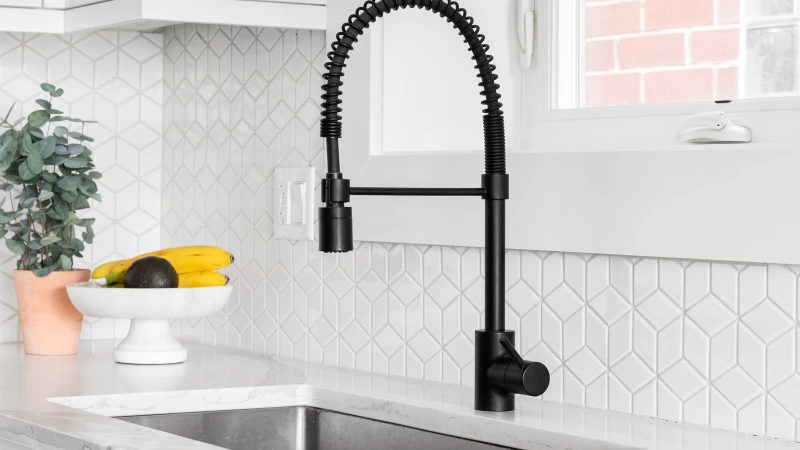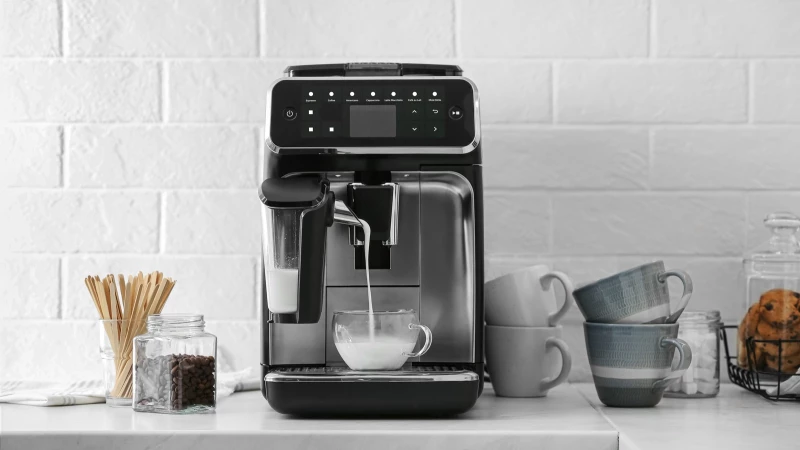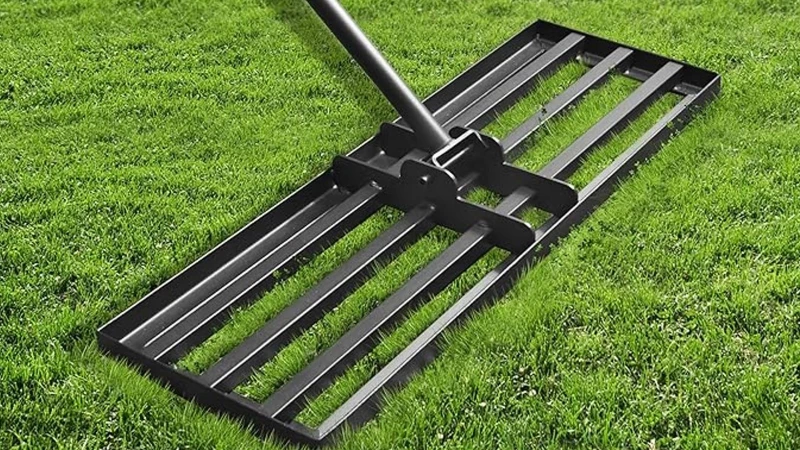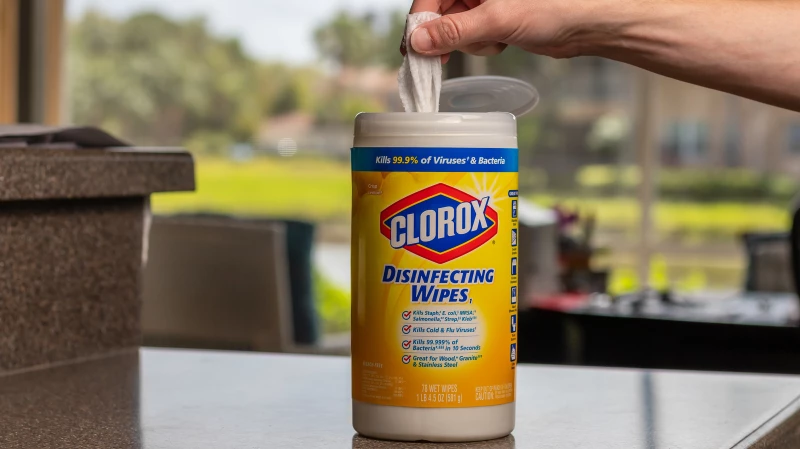When it comes to thrifting, the world of second-hand rugs is often overlooked by many. Concerns about the rug's history, such as whether it was exposed to smoking or pets in the past, can deter potential buyers. However, hidden among the pre-owned rugs are incredible deals on high-quality pieces. Estate sales, for example, frequently feature rugs as some of the most expensive items in the home. It's worth noting that quality handmade rugs, which can cost hundreds to thousands of dollars when new, are not to be underestimated.
Handmade vs machine-made rugs

Rugs tend to be higher in price regardless of the type of rug you are getting, and the bigger the rug, the more you have to spend. So, any lower prices you see on rugs at estate sales are worth looking at, but it'll be the handmade and vintage versions that are the ultimate prize. Not only are these pieces incredibly expensive due to being handmade by artisans, but they will naturally be more durable, higher in quality, and one-of-a-kind. Suppose you are hoping to score one of these rare finds for a great price at the next estate sale you visit. In that case, you'll want to be able to identify handmade, vintage rugs of quality material and whether or not they are clean enough to bring home.
There's much to consider as you shop around for the right rug. Of course, design is important, but the quality of materials used and how the rug is made are also essential. When shopping an estate sale and coming across a rug you are considering purchasing, you'll want to examine whether or not it's hand-woven or machine-made. Hand-crafted rugs will typically always be superior in quality due to the higher grade of materials usually used, plus the time and effort an artisan puts into the knotting. These days, you'll need to do more than simply observe Persian and vintage designs to tell you if a rug has been handmade. Many manufacturers are utilizing these charming designs and traits while mass-producing machine-made rugs. Machine-made rugs run cheaper because they use lower-quality materials to produce a higher quantity of product.
Examining the Condition of a Rug
Exploring the quality of a rug involves more than just its appearance. By running your hand over a rug, you can gather insights into its production and materials. Machine-made rugs tend to feel fuzzier due to lower knot density, while artisan-made rugs display unique nuances and design inconsistencies that machines cannot replicate. Check the backing of the rug as well; machine-made rugs often have stiffer backings from synthetic materials like nylon or polyester, whereas hand-knotted rugs use softer, higher-quality materials such as cotton, silk, and wool.
When considering purchasing a rug from an estate sale, it's crucial to assess its condition. Rugs can harbor dirt, bacteria, and insects that may not be visible to the naked eye. To determine cleanliness, feel the rug for residue and inspect for holes or signs of deterioration that pests like moths could have caused. Bringing a magnifying glass can help you examine the rug's pile and identify any hidden issues.
When considering purchasing a rug, it's important to go beyond just the visual appeal. After passing the touch test, take a moment to give it a sniff. While it may feel a bit strange, the smell can reveal a lot about the rug's history. Look out for any unpleasant odors like pet, food, or smoke smells that you wouldn't want lingering in your home. Additionally, check for any stains and research if they can be removed. Even if the rug appears clean, it's a good idea to clean it thoroughly for peace of mind.
Professional rug cleaning services can range from $60 to $600 depending on the size, condition, and the company you choose. However, if you prefer a DIY approach, you can also clean the rug yourself with a thorough vacuuming and a deep scrub using soap and water.

